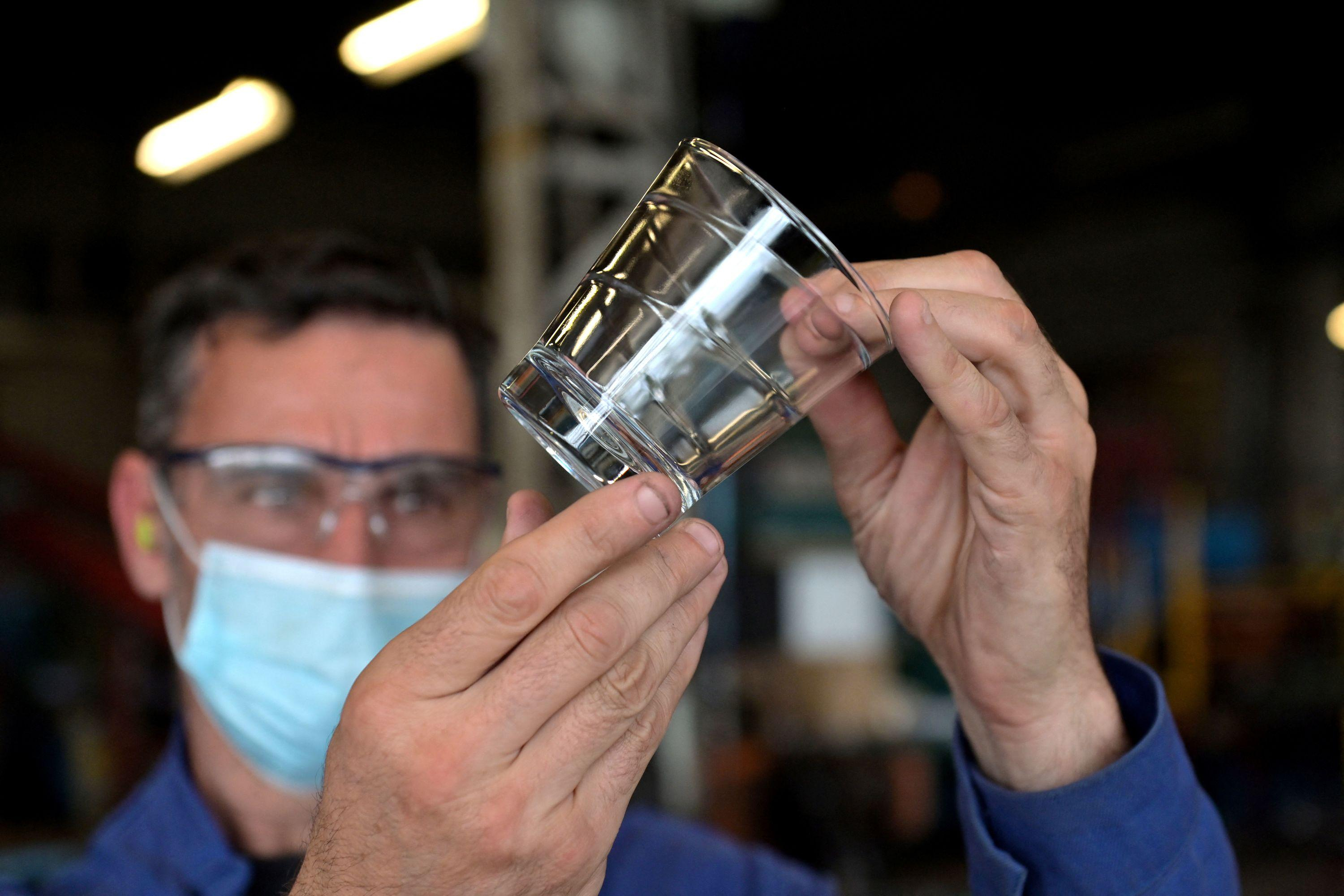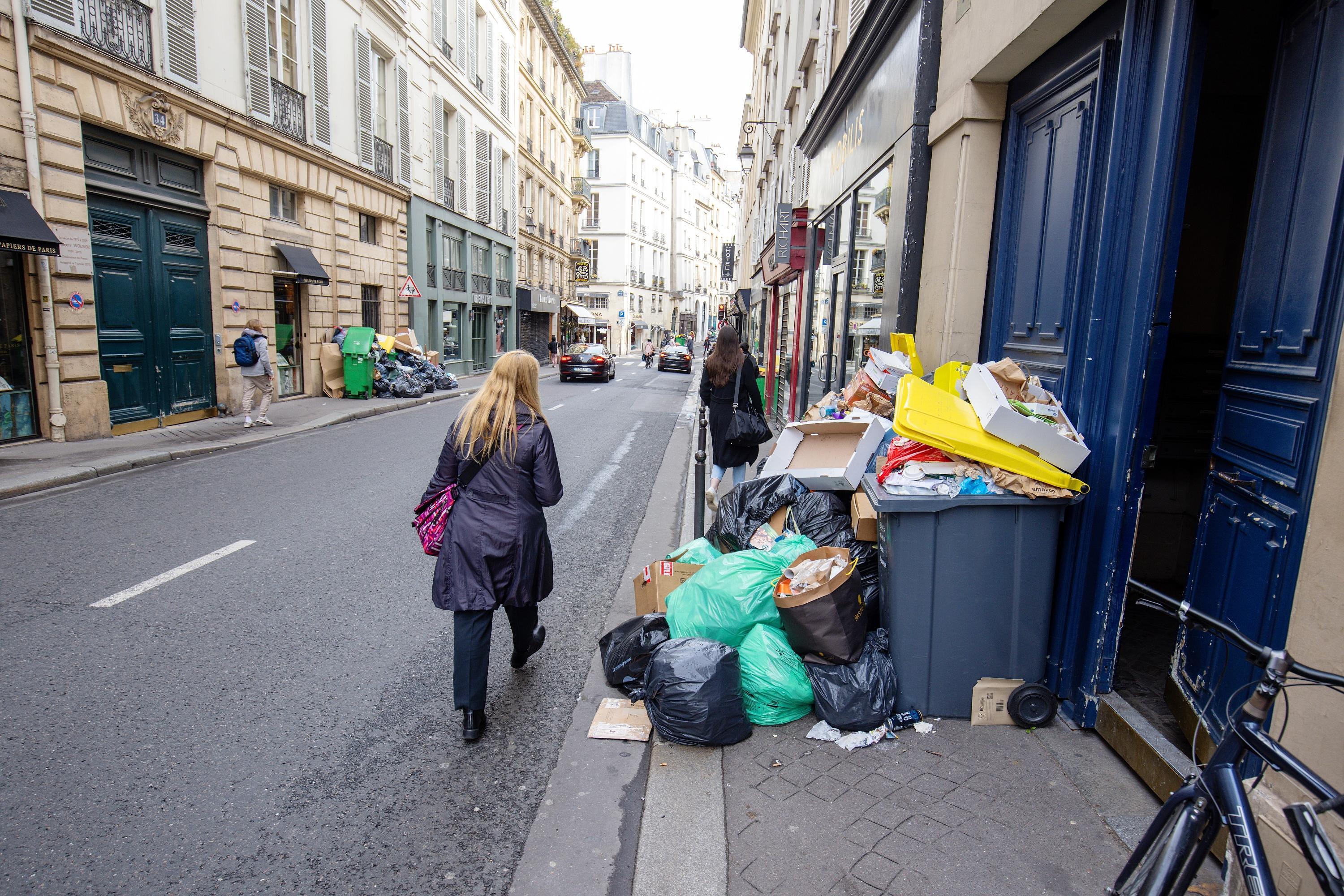What is Auschwitz? In the first place, it is of course the name of the combined concentration and death camp where 1.1 million people were murdered by the nazis during the second world war, the vast majority of them in gas chambers. Then has Auschwitz become a symbol of the intention to murder all jews in Europe – a summary standardförkortning of the Holocaust.
But it is also a city – a city in southern Poland with the name Oświęcim and a population of 40,000 people. Here are the soła river, small well-kept house, Kentucky Fried Chicken and people with everyday dreams and worries. In a German report last year said some of the city's inhabitants on how it is to live next to the remains of history's most well-known extermination camp. ”When you think about it, it sounds a little strange to say that ’I live in Auschwitz. But you are actually living a pretty normal life here. It opened like a new shopping centre that I really looked forward to,” said a woman.
however, the around two million tourists who each year visit the Camps. They come to visit the state museum Auschwitz-Birkenau, just outside the city. The Dutch author Daan Heerma van Voss, set in the small book”, A late journey,” the question of why. In connection with his own trip to Auschwitz is a reflection on the best way to honor those who were murdered there. Would it not be better, he thinks, to simply continue to live in the conviction that it is which are today also available in the morning? There is not the risk that the museum in Auschwitz normalizes it as shown and try to convince us that it happened there, it belongs to the past and can never happen again? ”It's not normal, what happened there”, says the Polish taxi driver who run Daan Heerma van Voss from the hotel in Krakow to Oświęcim. It is not normal, it happened there.
Read more: the Historical museum displays the exhibition about the Holocaust
as a whole, it is unfortunately not so simple. Auschwitz has become a symbol, but the fact is that most of the jews who were murdered in the Holocaust were already dead when Auschwitz-Birkenau seriously was in operation as a camp. They had been at the edge of a dödsgrop or gasats to death in one of the lesser known camps Bełżec, official historiography part of the Chełmno or Treblinka.
But, unlike Auschwitz, there was practically no one who stood at the edge of such a dödsgrop who survived to tell about the experience. From a significant part of the nazi genocide of Europe's jews, there are no witnesses. You can, as the american historian Timothy Snyder, to say that Auschwitz has remained in the memory while the larger part of the Holocaust have been forgotten.
Auschwitz has also become a handy symbol. If you limit the Holocaust to Auschwitz, and do not think that it was the ordinary people who held the guns at the dödsgroparna in Poland, Ukraine, Belarus and the baltic states.
Auschwitz also become a handy symbol. If you limit the Holocaust to Auschwitz, and do not think that it was the ordinary people who held the guns at the dödsgroparna in Poland, Ukraine, Belarus and the baltic states. If the Holocaust only to be identified with Auschwitz can this experience be excluded from the history and the common memory. The mass murder of the jews ”freed” from human choices and actions, and instead becomes something mythical and reductively. Auschwitz is, writes Timothy Snyder, a place ”in both the spiritual and physical barbed wire” – a picture of a mechanized evil that allowed the murder of children, women and men reveal itself as a process controlled by forces greater than man's: ”When the mass murder of jews crammed into an exceptional place and treated as the outcome of impersonal procedures, we need not confront the fact that people much as we ourselves closely murdered other people much as we ourselves.”
Read more: DN tips on ten children's books about the Holocaust
all the more important to reflect on what Auschwitz will be when those who survived the Holocaust, both in this and other places, is no longer there to testify themselves. A Dutch historian, suggested a few years ago that the memory location should be closed when the last survivor is gone – and that the best way to honor the memory of the victims is to cordon off the place from the outside world and let nature's destructive forces take command of this humanity's most ”unnatural” creation. In the journal Jewish Chronicle about the author Konstanty Gebert, a business in a smaller scale, with a training and knowledge centre just outside and a completely stripped down of the memory location where you are forced to go around alone in silence, without the security of a group and a guide, signs, flags and placards means.
is the contradiction between the tourist attraction and worthy of the memory location is still false. Perhaps there is no contradiction between people's everyday lives in the Camps and the horrors that are displayed at the museum in Auschwitz. Myself, I visited the place a blygrå spring day a few years ago and I'll never forget it. Our guide was a välfriserad Polish lady in an elegant scarf with a deep and at the same time blaserat commitment dispelled the delusion that the Holocaust would have nothing to do with metaphysical or unexplained evil to do. The last thing she said, before our group dispersed at latrinbarackerna in Birkenau, was the only thing that really needs to be said about the Holocaust: ”What happened in these places, it was made by people, against other people.”

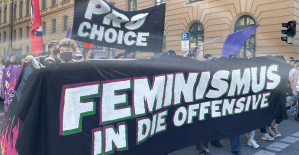 Germany: abortions should be authorized up to 12 weeks, concludes a commission launched by Olaf Scholz
Germany: abortions should be authorized up to 12 weeks, concludes a commission launched by Olaf Scholz Knife attack in Australia: who are the two French heroes congratulated by Macron?
Knife attack in Australia: who are the two French heroes congratulated by Macron? Faced with an anxious Chinese student, Olaf Scholz assures that not everyone smokes cannabis in Germany
Faced with an anxious Chinese student, Olaf Scholz assures that not everyone smokes cannabis in Germany In the Solomon Islands, legislative elections crucial for security in the Pacific
In the Solomon Islands, legislative elections crucial for security in the Pacific Covid-19: everything you need to know about the new vaccination campaign which is starting
Covid-19: everything you need to know about the new vaccination campaign which is starting The best laptops of the moment boast artificial intelligence
The best laptops of the moment boast artificial intelligence Amazon invests 700 million in robotizing its warehouses in Europe
Amazon invests 700 million in robotizing its warehouses in Europe Inflation rises to 3.2% in March due to gasoline and electricity bills
Inflation rises to 3.2% in March due to gasoline and electricity bills Against drug trafficking, the mayor of Amsterdam advocates the regulation of cocaine
Against drug trafficking, the mayor of Amsterdam advocates the regulation of cocaine Hachette Livre removes Isabelle Saporta from management of Fayard
Hachette Livre removes Isabelle Saporta from management of Fayard Where is the MSC Aries, the ship boarded by Iran?
Where is the MSC Aries, the ship boarded by Iran?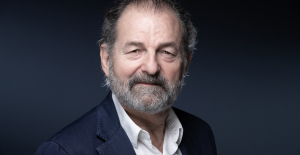 Denis Olivennes at Le Figaro: “CMI France discusses with Natacha Polony the future of Marianne”
Denis Olivennes at Le Figaro: “CMI France discusses with Natacha Polony the future of Marianne”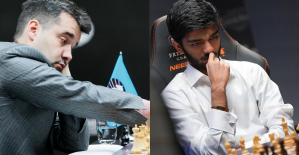 2024 Candidates Chess Tournament: Relive the Crucial Nepo-Gukesh Game
2024 Candidates Chess Tournament: Relive the Crucial Nepo-Gukesh Game Borgo, by Stéphane Demoustier: locked outside
Borgo, by Stéphane Demoustier: locked outside Release of hostages and immediate ceasefire: at the Venice Biennale, the Israeli pavilion resonates with Gaza
Release of hostages and immediate ceasefire: at the Venice Biennale, the Israeli pavilion resonates with Gaza Two Russian artists declared “terrorists and extremists” because of a play
Two Russian artists declared “terrorists and extremists” because of a play Skoda Kodiaq 2024: a 'beast' plug-in hybrid SUV
Skoda Kodiaq 2024: a 'beast' plug-in hybrid SUV Tesla launches a new Model Y with 600 km of autonomy at a "more accessible price"
Tesla launches a new Model Y with 600 km of autonomy at a "more accessible price" The 10 best-selling cars in March 2024 in Spain: sales fall due to Easter
The 10 best-selling cars in March 2024 in Spain: sales fall due to Easter A private jet company buys more than 100 flying cars
A private jet company buys more than 100 flying cars This is how housing prices have changed in Spain in the last decade
This is how housing prices have changed in Spain in the last decade The home mortgage firm drops 10% in January and interest soars to 3.46%
The home mortgage firm drops 10% in January and interest soars to 3.46% The jewel of the Rocío de Nagüeles urbanization: a dream villa in Marbella
The jewel of the Rocío de Nagüeles urbanization: a dream villa in Marbella Rental prices grow by 7.3% in February: where does it go up and where does it go down?
Rental prices grow by 7.3% in February: where does it go up and where does it go down? Europeans: the schedule of debates to follow between now and June 9
Europeans: the schedule of debates to follow between now and June 9 Europeans: “In France, there is a left and there is a right,” assures Bellamy
Europeans: “In France, there is a left and there is a right,” assures Bellamy During the night of the economy, the right points out the budgetary flaws of the macronie
During the night of the economy, the right points out the budgetary flaws of the macronie Europeans: Glucksmann denounces “Emmanuel Macron’s failure” in the face of Bardella’s success
Europeans: Glucksmann denounces “Emmanuel Macron’s failure” in the face of Bardella’s success These French cities that will boycott the World Cup in Qatar
These French cities that will boycott the World Cup in Qatar Bundesliga: Naby Keita suspended by Werder Bremen until the end of the season
Bundesliga: Naby Keita suspended by Werder Bremen until the end of the season Euro 2024: the Blues reveal their opponents for friendlies in June
Euro 2024: the Blues reveal their opponents for friendlies in June Cycling: De Marchi wins the 2nd stage of the Tour of the Alps
Cycling: De Marchi wins the 2nd stage of the Tour of the Alps Paris Olympics 2024: Joris Daudet (BMX) candidate to be French flag bearer
Paris Olympics 2024: Joris Daudet (BMX) candidate to be French flag bearer




